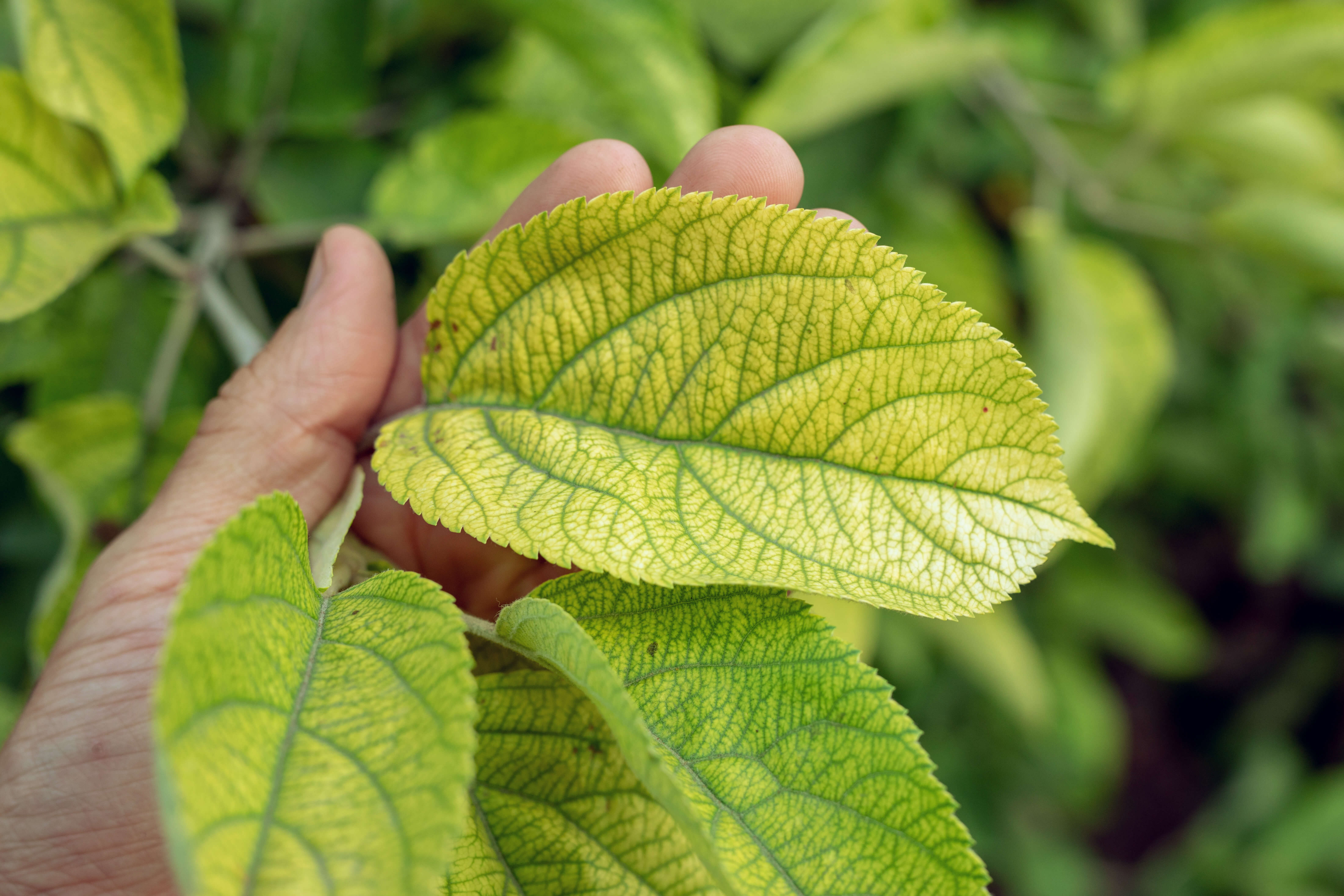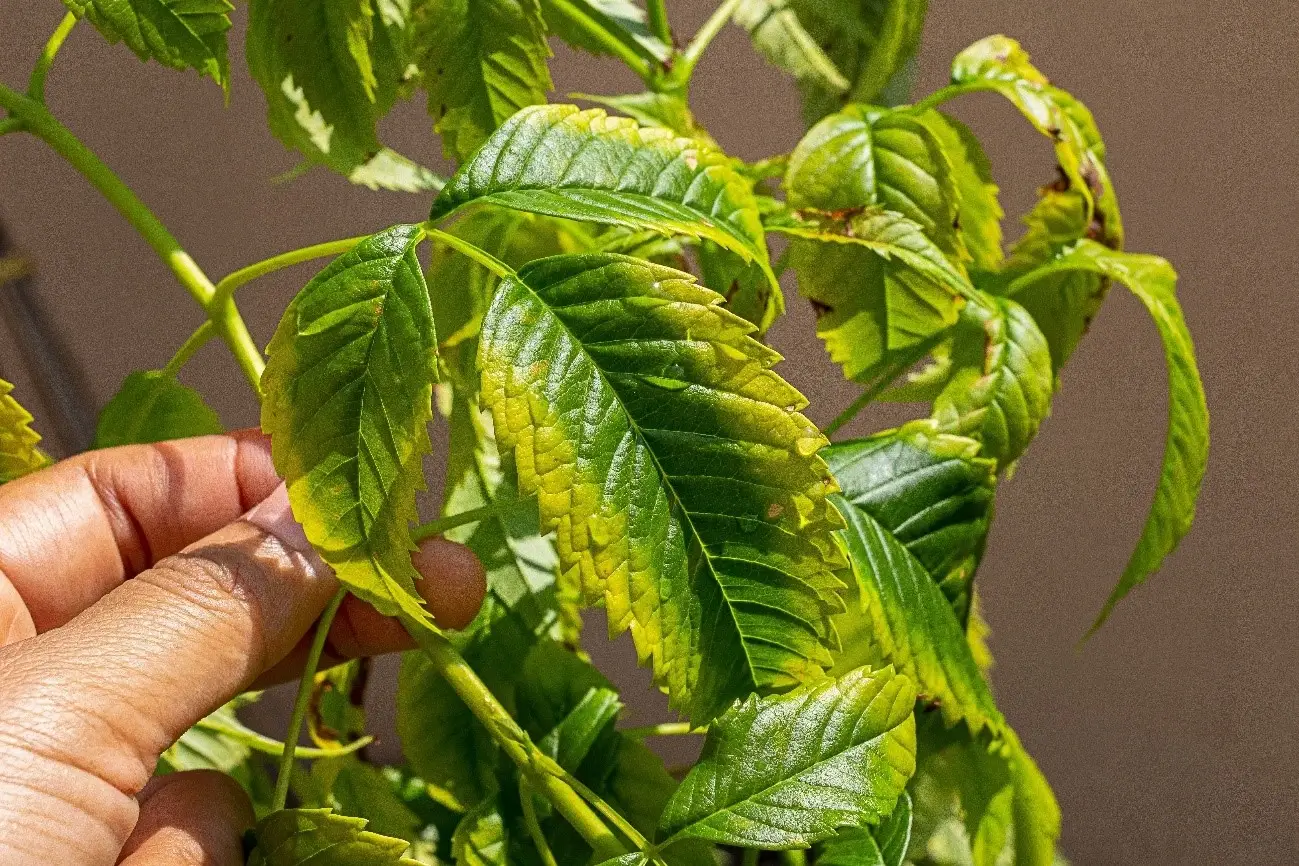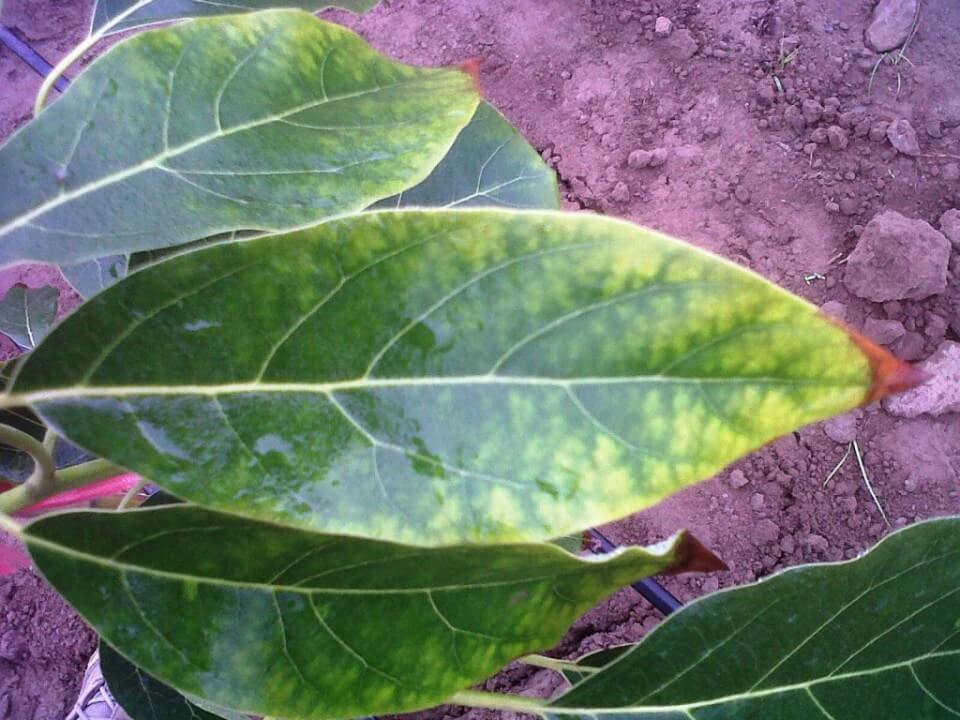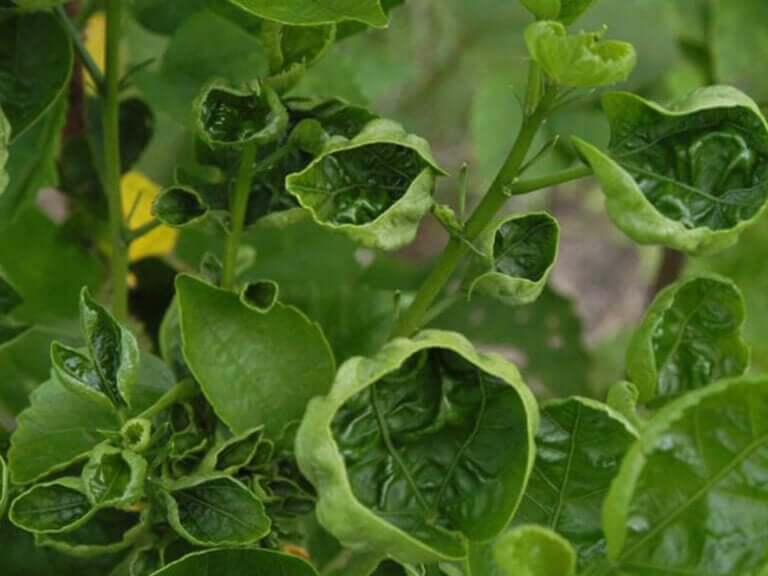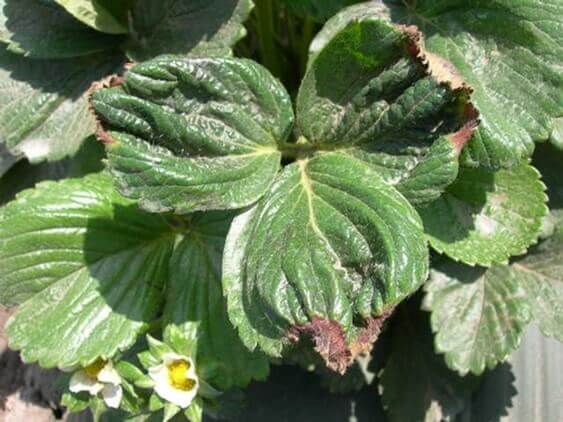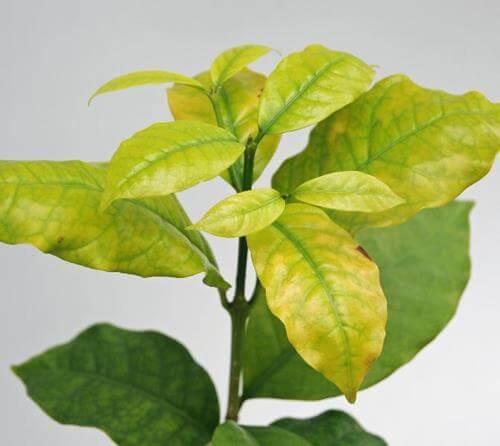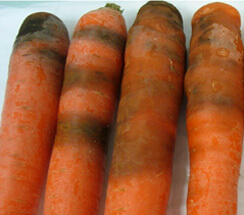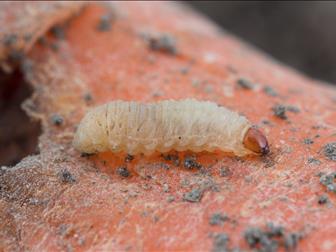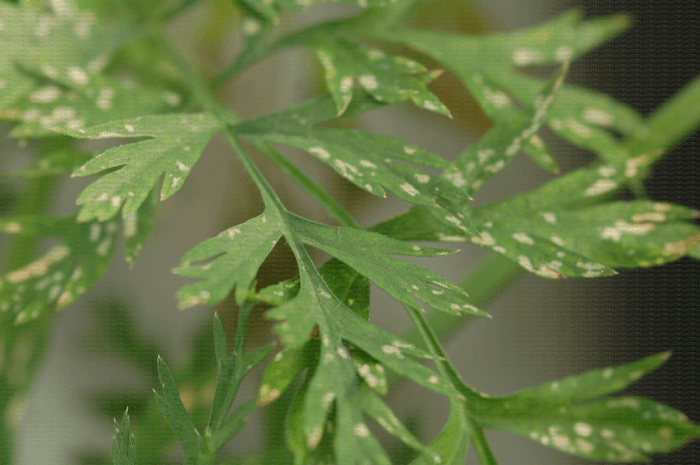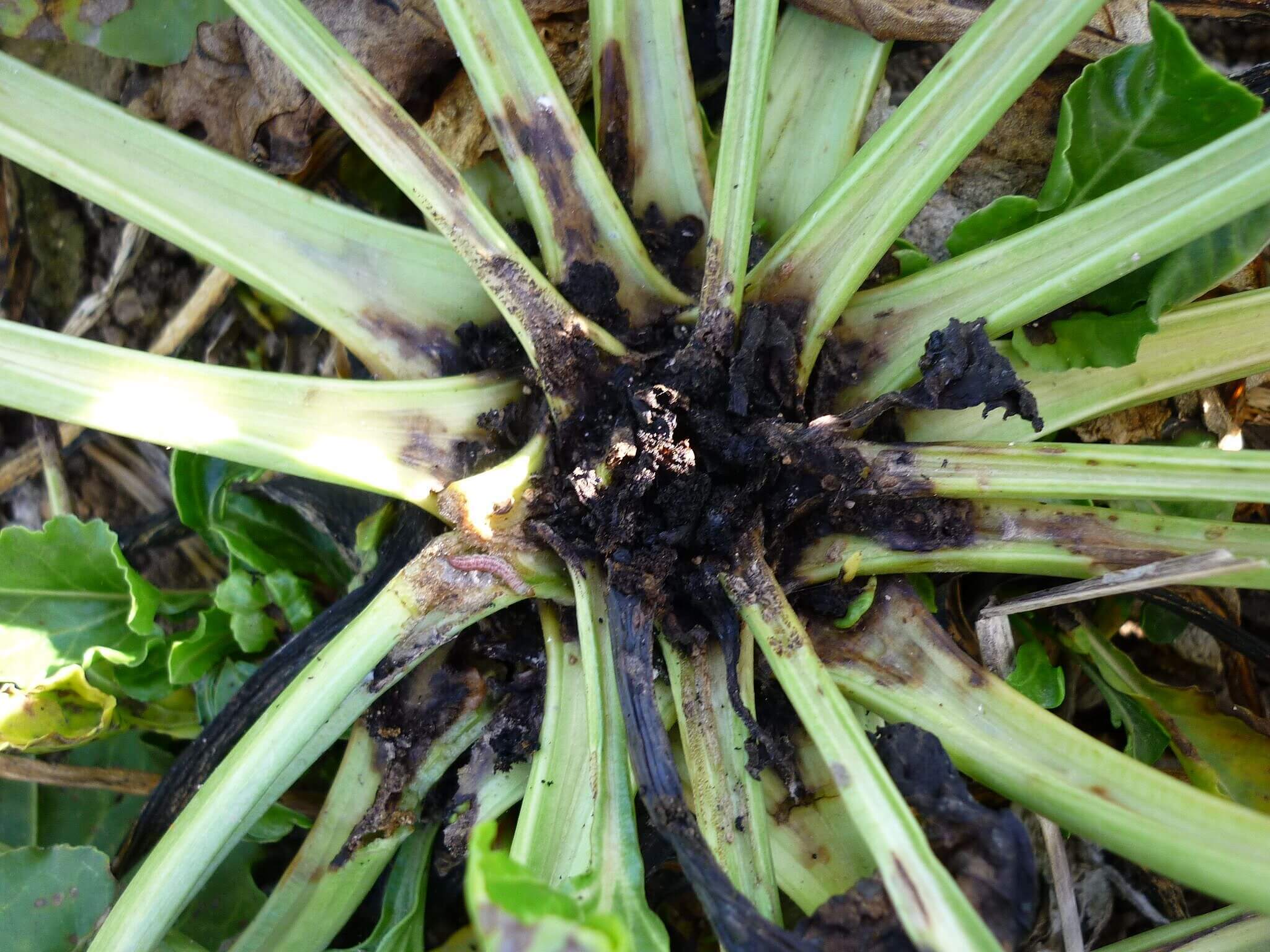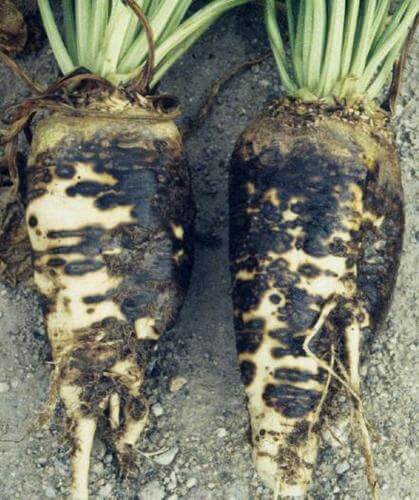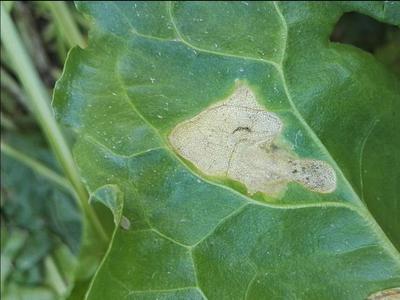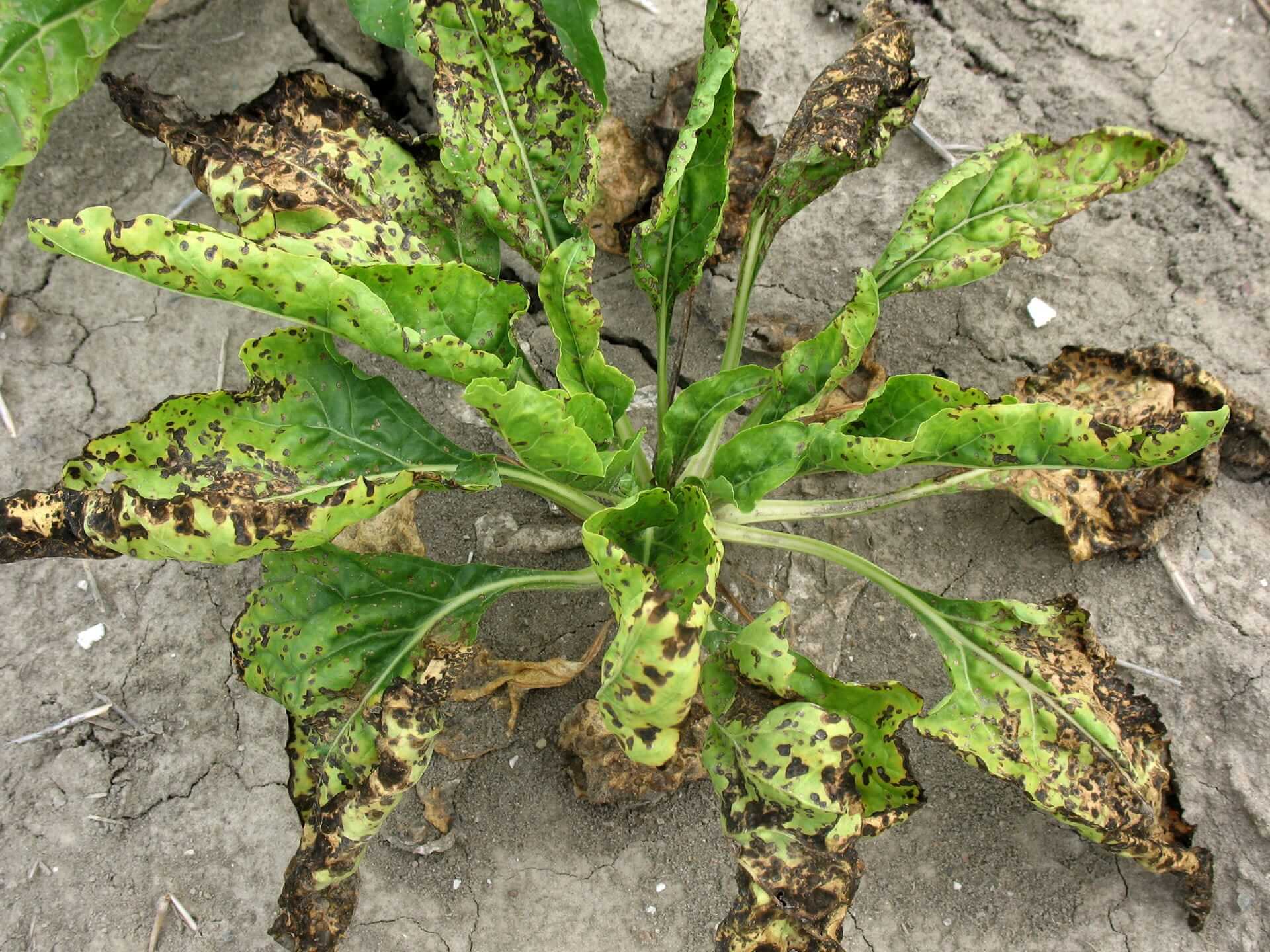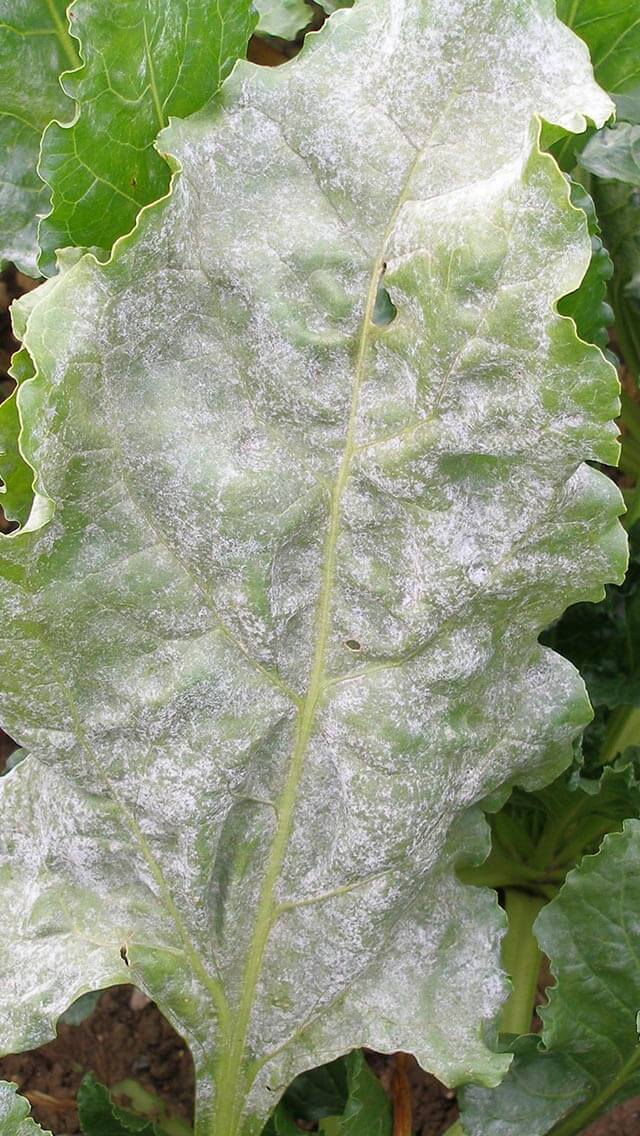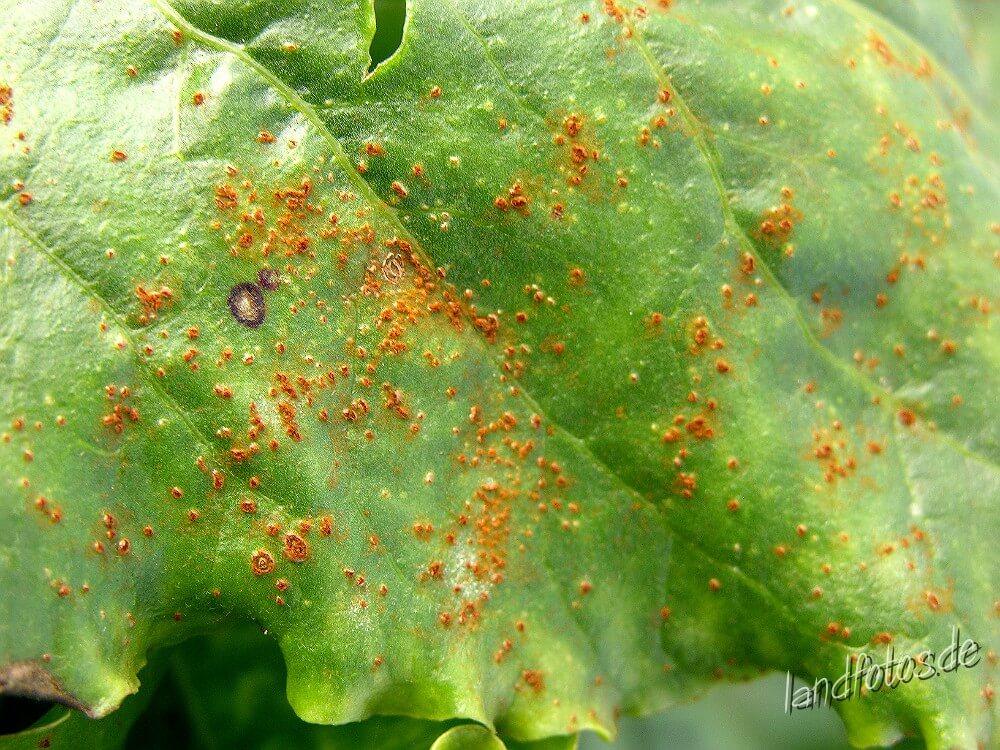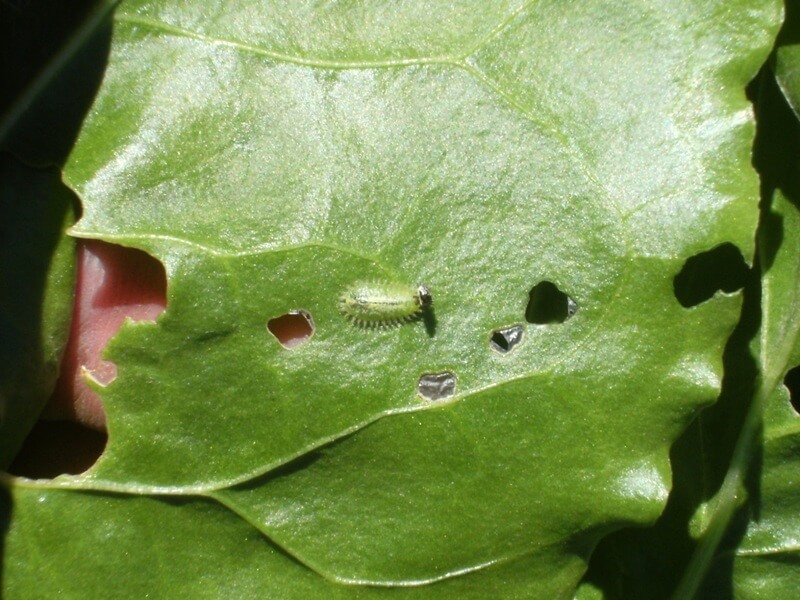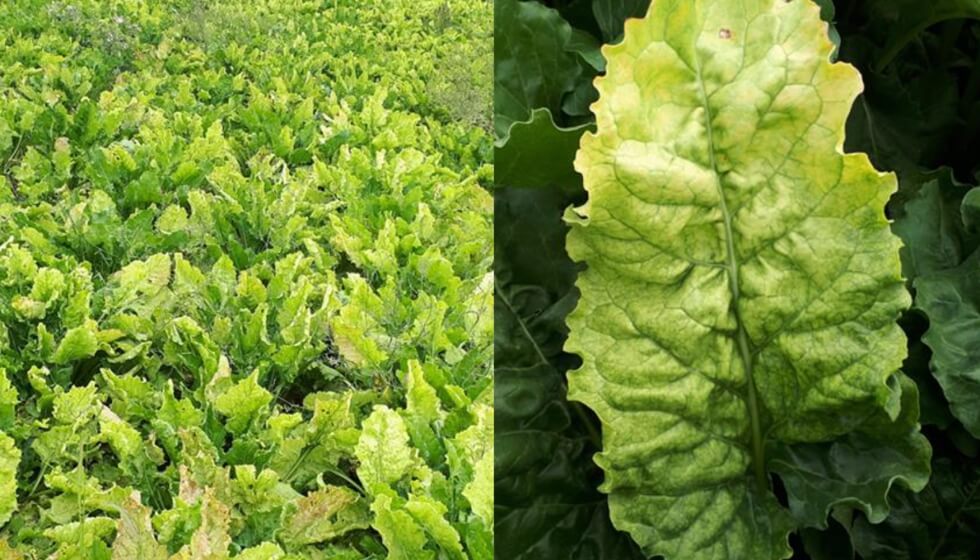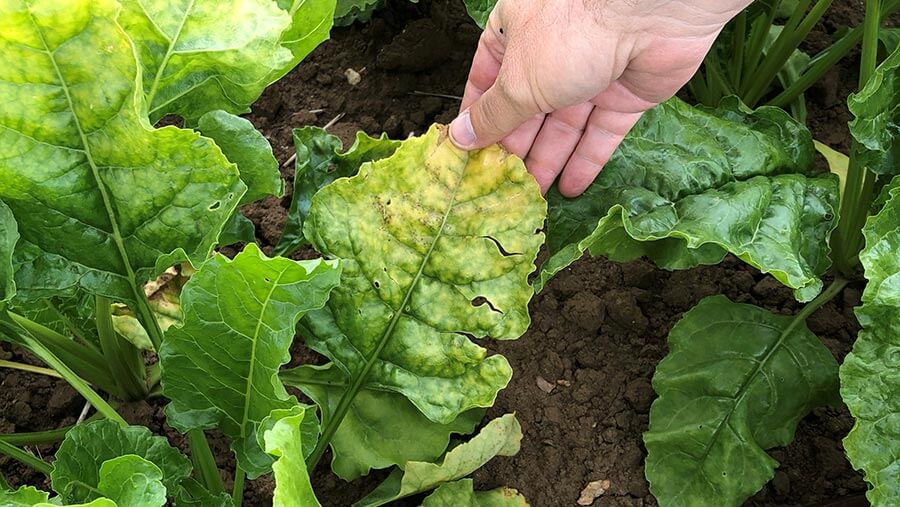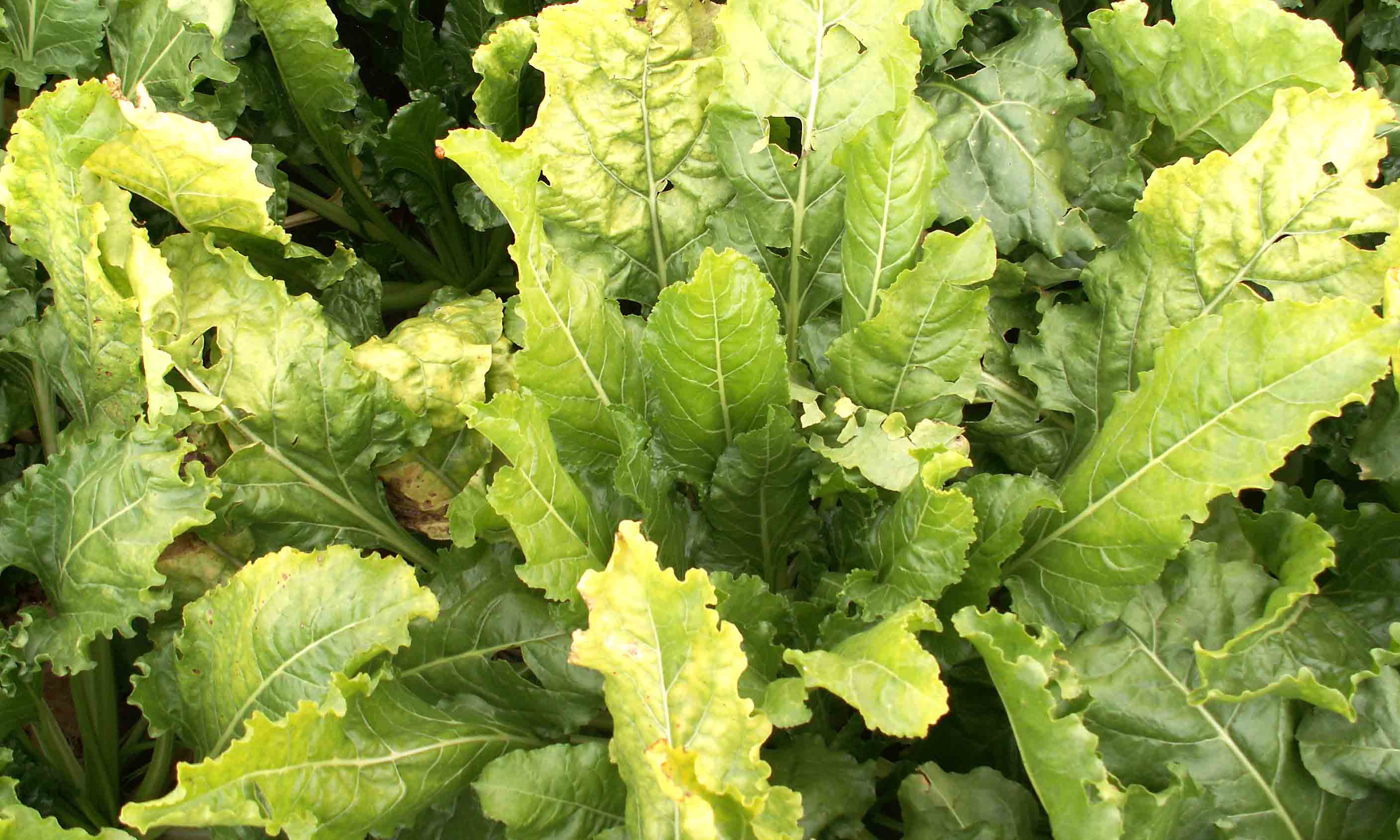
Zanahoria
How to recognize and combat carrot scab
Carrot Scab
Bacterium
Type:
Risk to the plant:
INTERMEDIATE
Streptomyces Scabies
Pathogen:
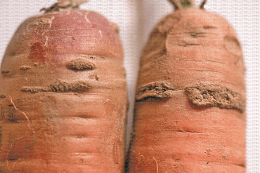
Bacteriosis
WHO CAUSES IT?
Streptomyces scabies is a gram-positive bacteria belonging to the genus Streptomyces, known to cause scab in various plants, especially tubers such as carrots. This bacteria is commonly found in soil and produces spores that can survive in adverse conditions for long periods. Streptomyces scabies spreads mainly through soil and infected plant residues. Once the spores come into contact with carrot roots, they germinate and colonize the plant tissues, producing toxins that cause lesions and scabs to form. These bacteria can persist in the soil for several years, which complicates their management and control.
SYMPTOMS
Carrot scab, caused by Streptomyces scabies, is a disease that primarily affects the appearance and quality of carrot roots. Infected roots develop superficial lesions that can become rough and warty, decreasing the commercial value of the crop.
- Rough lesions and scabs on the surface of the carrots.
- Brown discoloration in affected areas.
- Deformations and cracks in the roots.
- Warty and rough appearance.
- Reduction in plant growth and vigor.
- Loss of commercial quality of carrots.
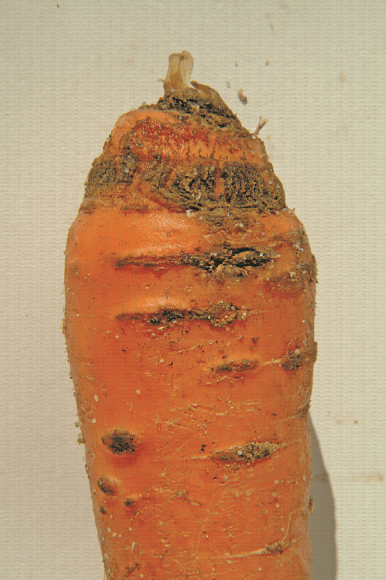
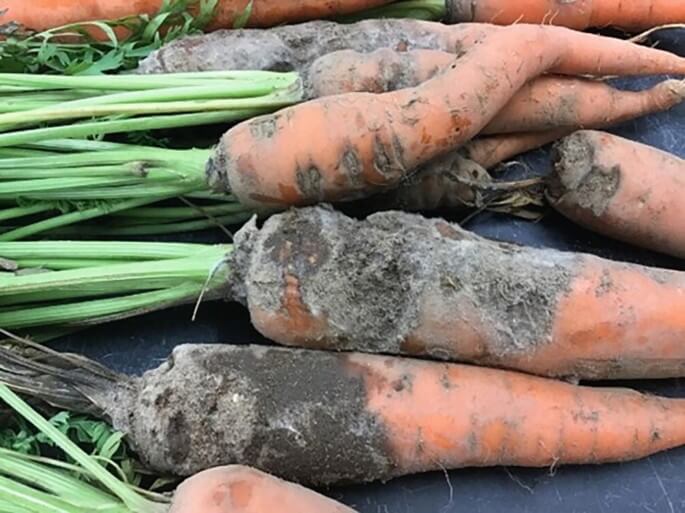
DEVELOPMENT CONDITIONS
Temperature:
18°C - 26°C
Humidity:
60% - 85%
HOW IS IT SPREAD?
Infected soil, crop residues, contaminated irrigation water, agricultural tools, wind, infected seeds
HOW TO ELIMINATE IT?
Home treatments
There are no home treatments
Natural allies
Chemical treatments
There are no treatments for this disease. Treatments are directed at the insect vectors that transmit it. See insect treatments.
RECOMMENDED PRODUCTS TO ELIMINATE THE PEST
Sponsored link
Sponsored link
Sponsored link
Sponsored link
Sponsored link
Sponsored link
Sponsored link
Effective against all types of fungi
Sponsored link
Sponsored link
Sponsored link
Sponsored link
Sponsored link
REPELLENT PLANTS
-
RECOMMENDATIONS





















